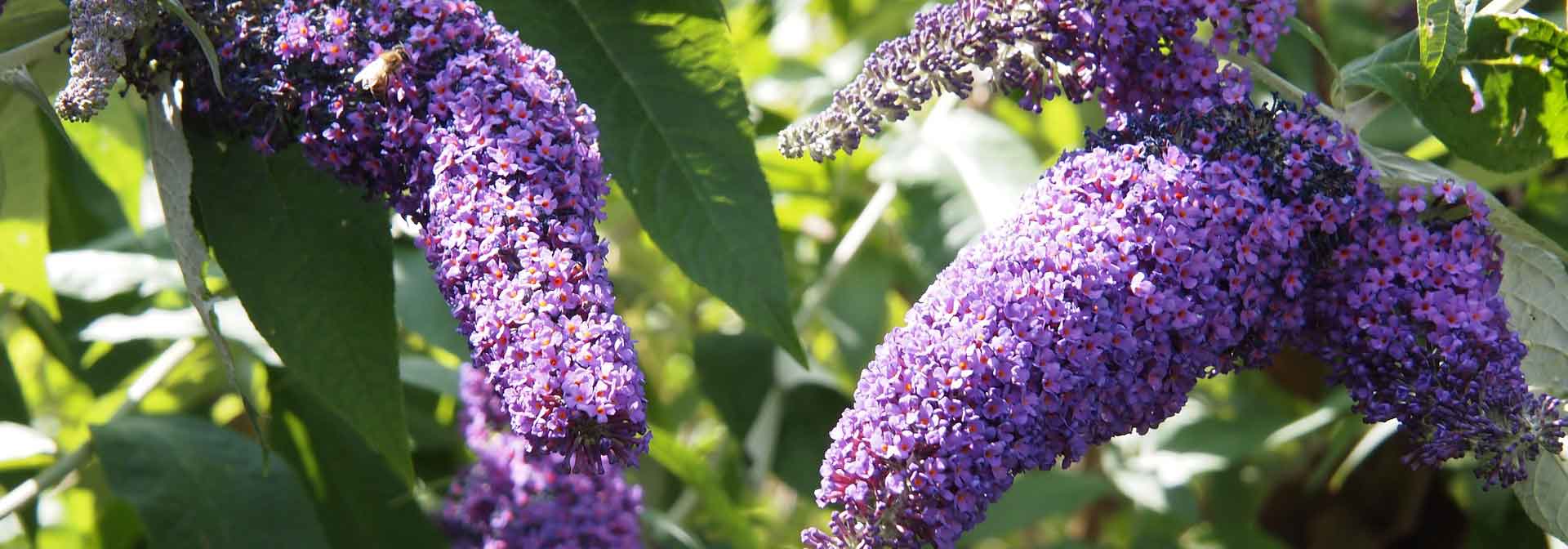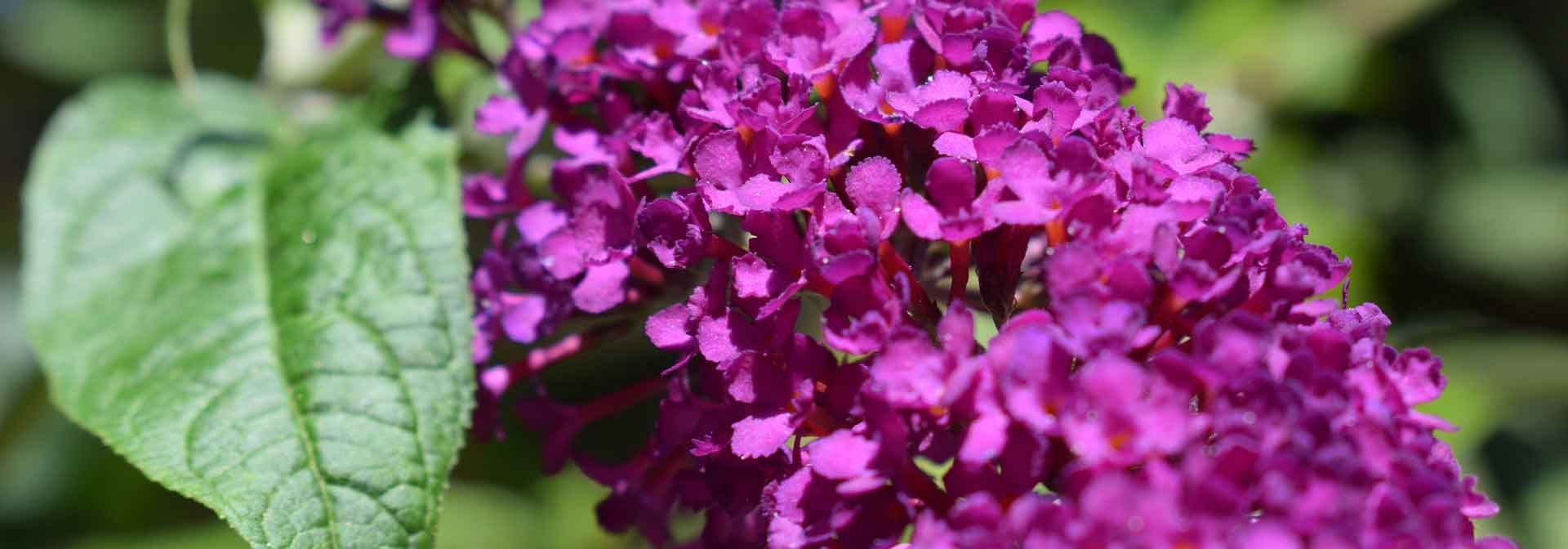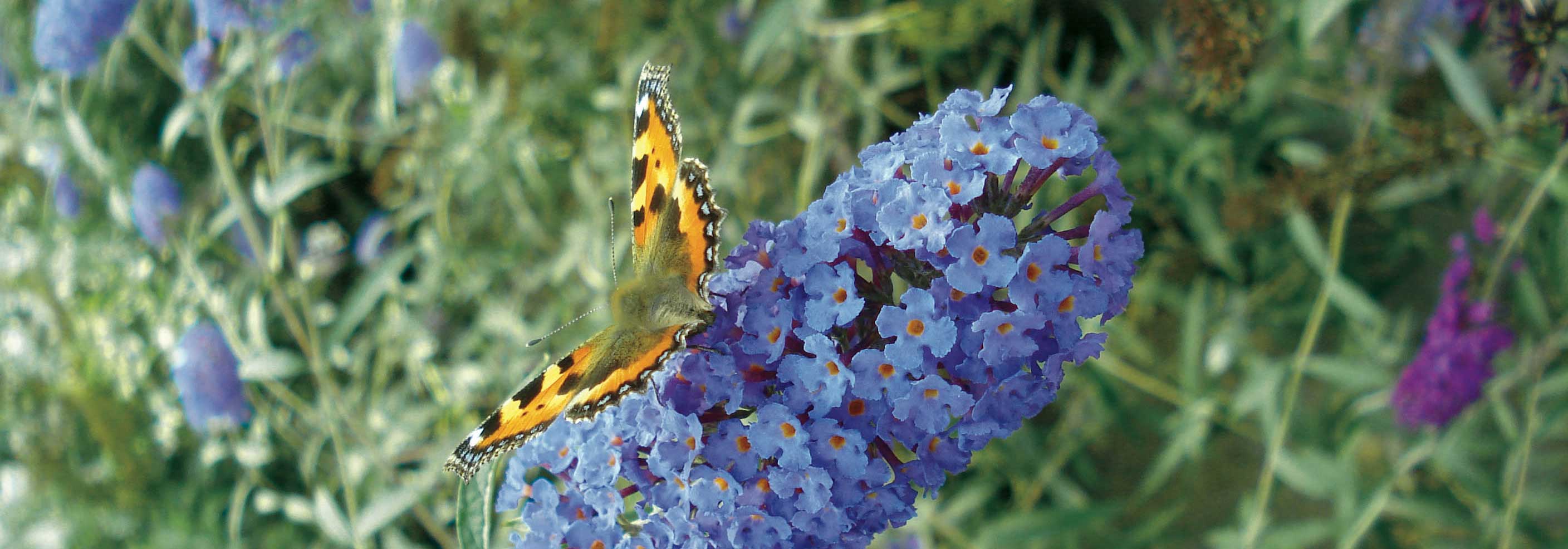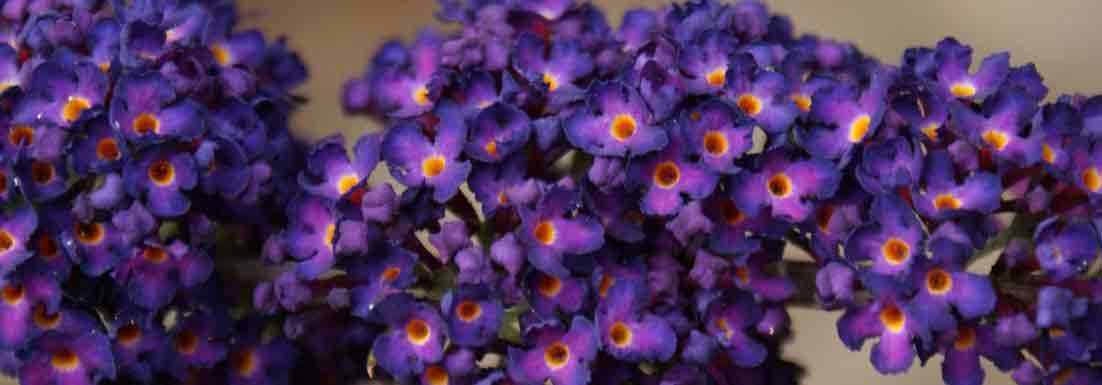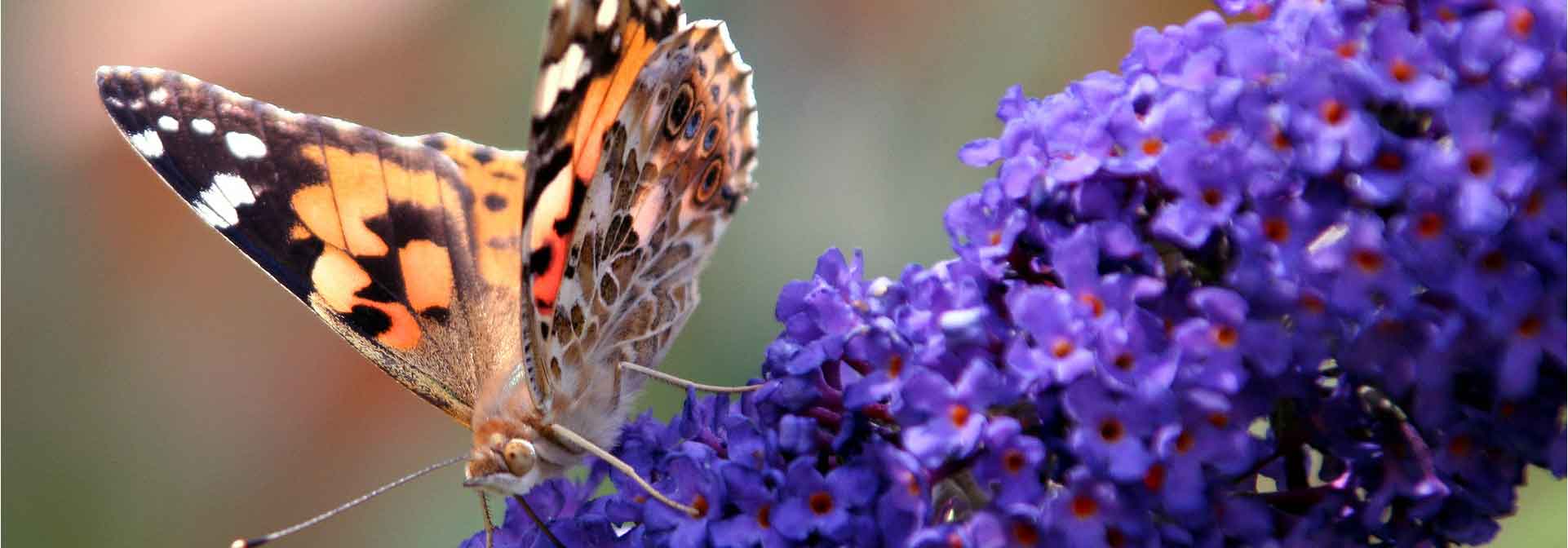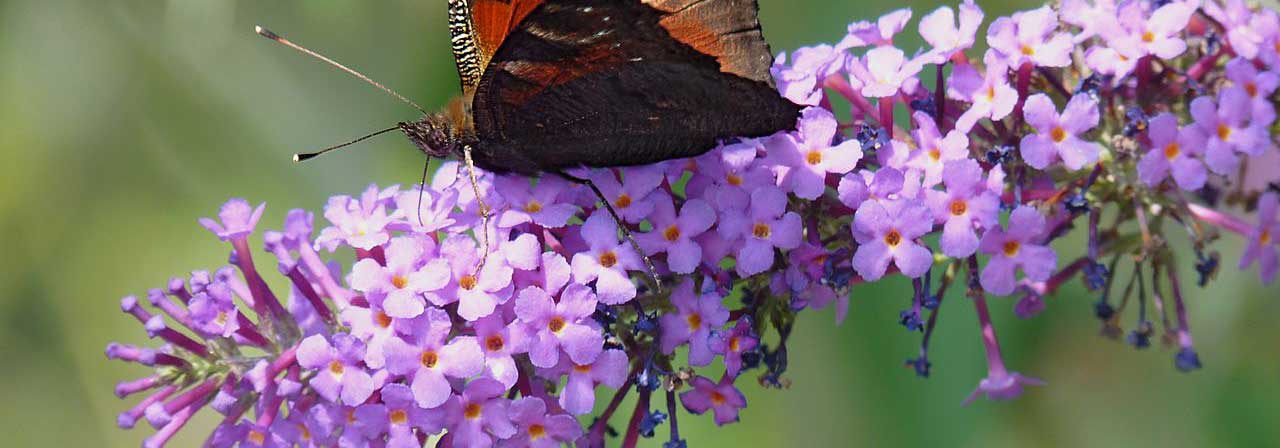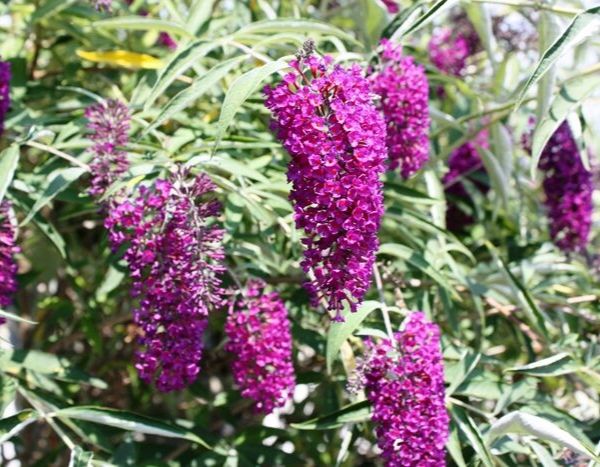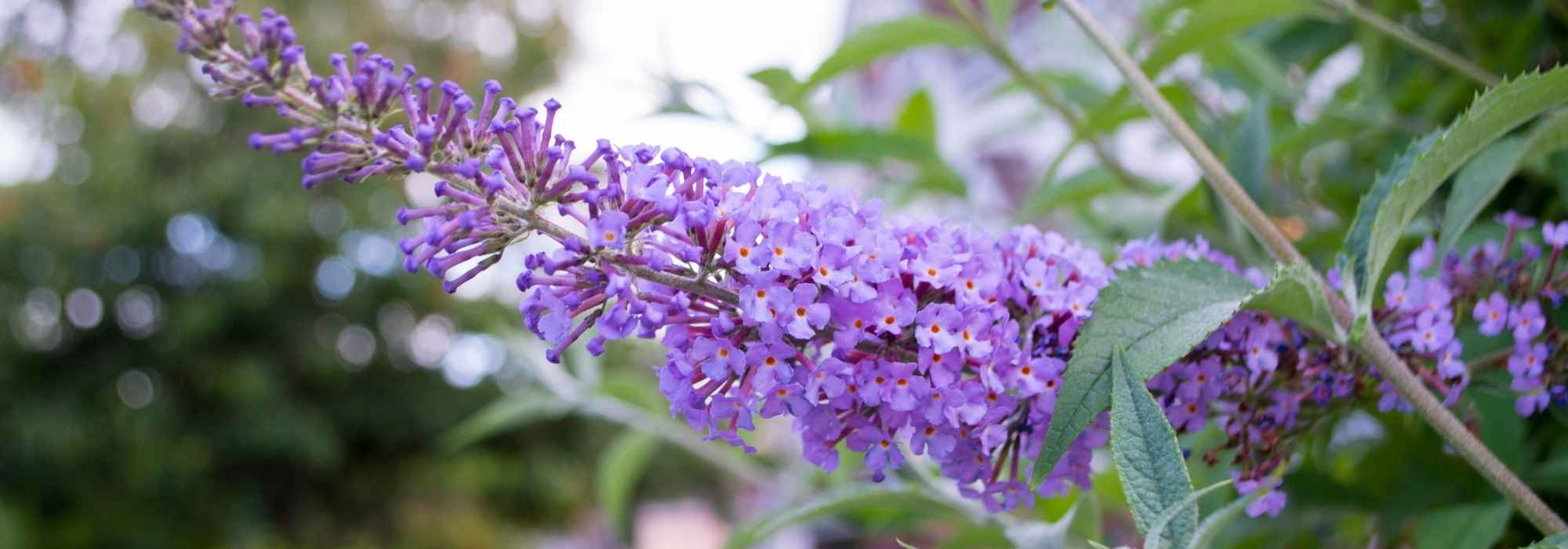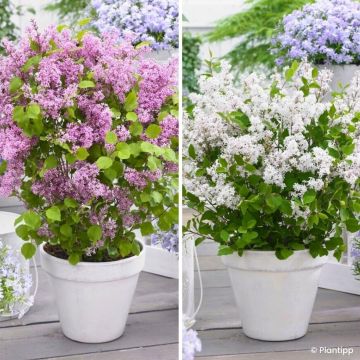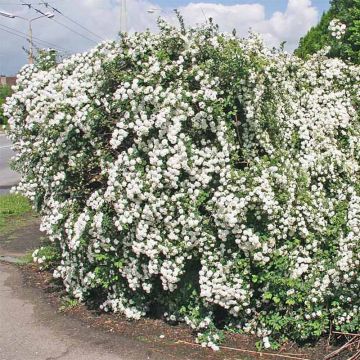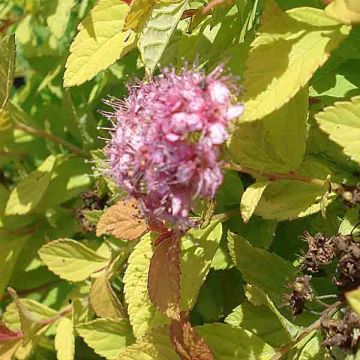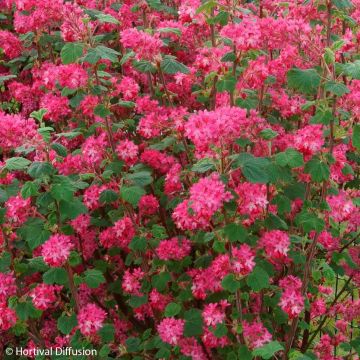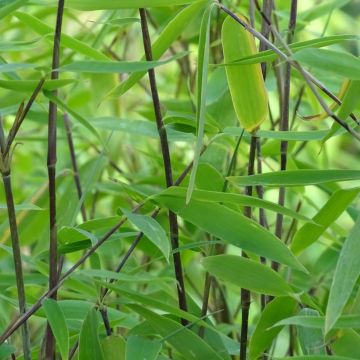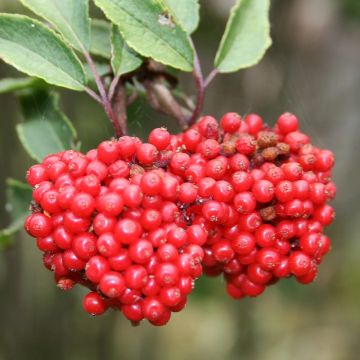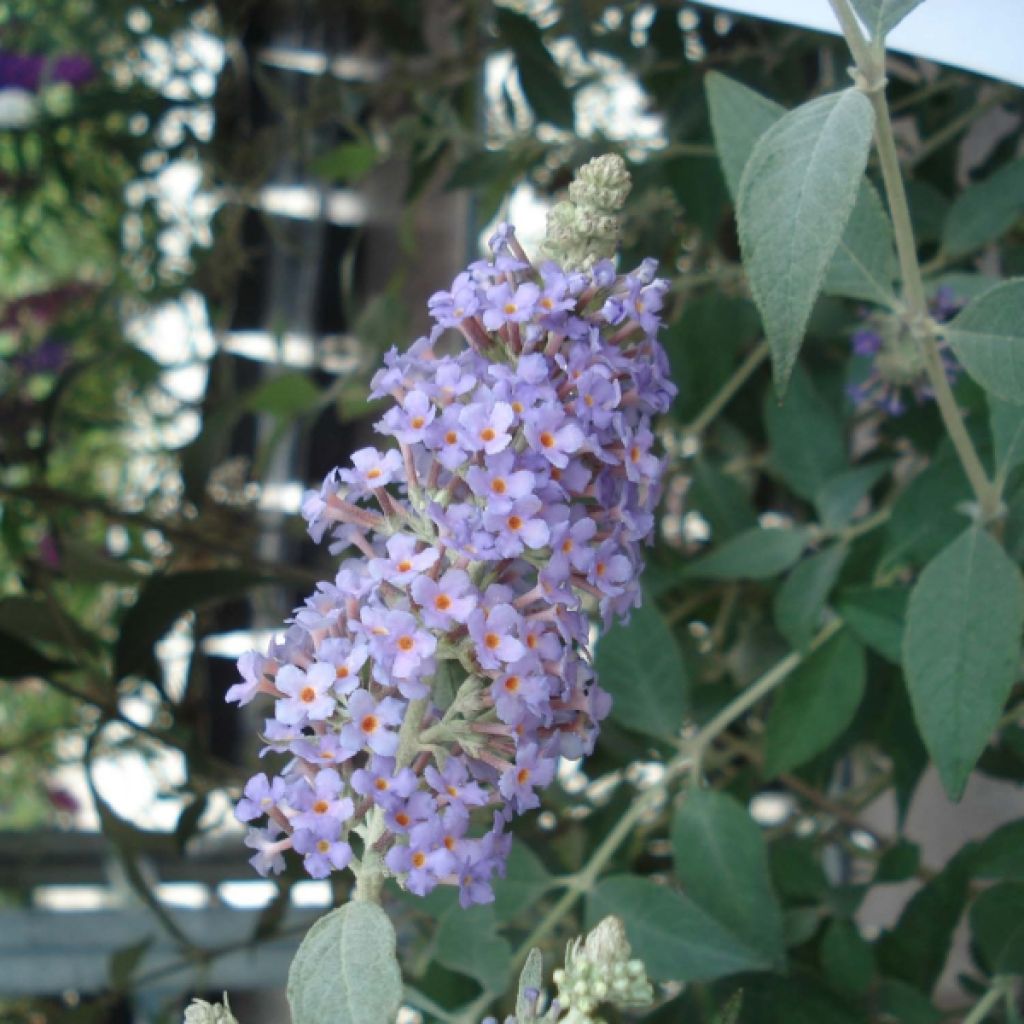

Buddleja Lochinch - Butterfly Bush
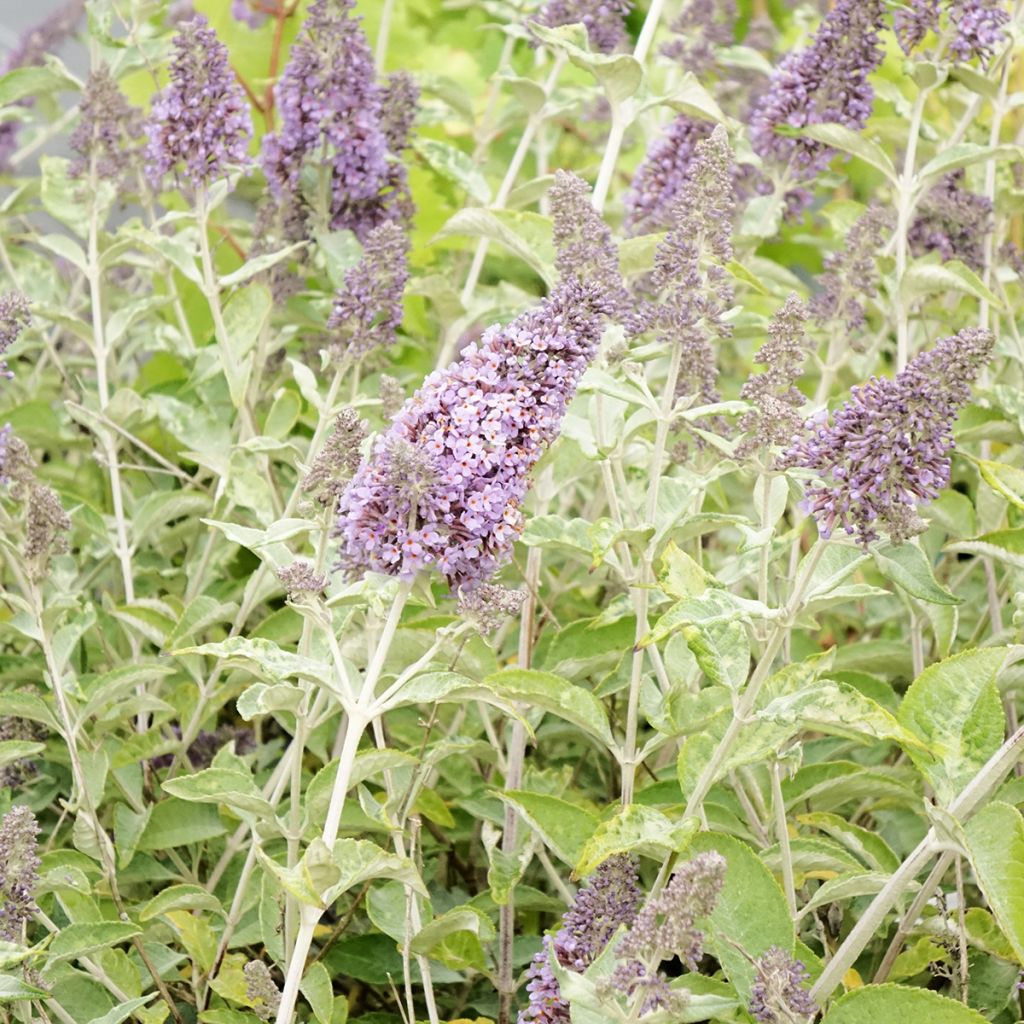

Buddleja Lochinch - Butterfly Bush
Buddleja Lochinch - Butterfly Bush
Buddleja davidii x fallowiana Lochinch
Butterfly Bush
Very good recovery in the garden.
Anne-Marie, 08/09/2024
Special offer!
Receive a €20 voucher for any order over €90 (excluding delivery costs, credit notes, and plastic-free options)!
1- Add your favorite plants to your cart.
2- Once you have reached €90, confirm your order (you can even choose the delivery date!).
3- As soon as your order is shipped, you will receive an email containing your voucher code, valid for 3 months (90 days).
Your voucher is unique and can only be used once, for any order with a minimum value of €20, excluding delivery costs.
Can be combined with other current offers, non-divisible and non-refundable.
Home or relay delivery (depending on size and destination)
Schedule delivery date,
and select date in basket
This plant carries a 24 months recovery warranty
More information
We guarantee the quality of our plants for a full growing cycle, and will replace at our expense any plant that fails to recover under normal climatic and planting conditions.

Would this plant suit my garden?
Set up your Plantfit profile →
Description
Buddleia 'Lochinch' is a hybrid Butterfly Bush of great ornamental value. The vigorous and very hardy sterile shrub produces long and beautiful lilac-blue spikes with orange eyes and a delightful fragrance on slightly silvery foliage that becomes greener as it matures. This variety is recurrent: it can flower multiple times if the shrub is regularly pruned. Superb in a flower bed and remarkable in a free hedge. Plant in not too dry soil.
Buddleia 'Lochinch' is an old cultivar resulting from the accidental cross-breeding between Buddleia davidii and B. fallowiana. It was discovered in 1940 in the garden of Lochinch Castle, on the west coast of Scotland. Extremely popular, 'Lochinch' received the RHS Award of Garden Merit.
This shrub has a significant asset: its nectar-rich flowering! It's no wonder it's called the Butterfly Bush. With an elegant, slightly spreading habit, Buddleia 'Lochinch' has vigorous and rapid growth: it can reach a height and spread of 2 m to 3 m (3.3 ft to 9.8 ft) in 5 years. Its slightly arching stems are covered with whitish down. They bear opposite, ovate and pointed leaves, 8 cm to 10 cm (3.1 in to 3.9 in) long, covered with silvery hairs, becoming almond-green when mature. This very decorative foliage can persist through the winter in mild climates. The flowering period of this variety varies somewhat depending on the climate. In cooler regions, it occurs from August to October. In warmer regions, the flowers appear first in June, then more sporadically throughout the summer: severe pruning after the first wave of flowers results in a beautiful rebloom in October. Its inflorescences are dense and upright flower spikes, measuring up to 20 cm to 25 cm (7.9 in to 9.8 in) long, composed of tiny lilac blue flowers with orange throats. Their honey scent attracts many butterflies and other pollinators.
Buddleia 'Lochinch' is easily grown in any sufficiently deep and loose garden soil, even calcareous, that is not too dry in summer. It can be planted at the back of a flower bed, for example with pink or white Potentilla shrubs, pink or white Spirea, Deutzia or Caryopteris. In a flowering hedge, plant with Mock Orange, Lilacs, Japanese Quince, and wild roses.
Buddleja Lochinch - Butterfly Bush in pictures
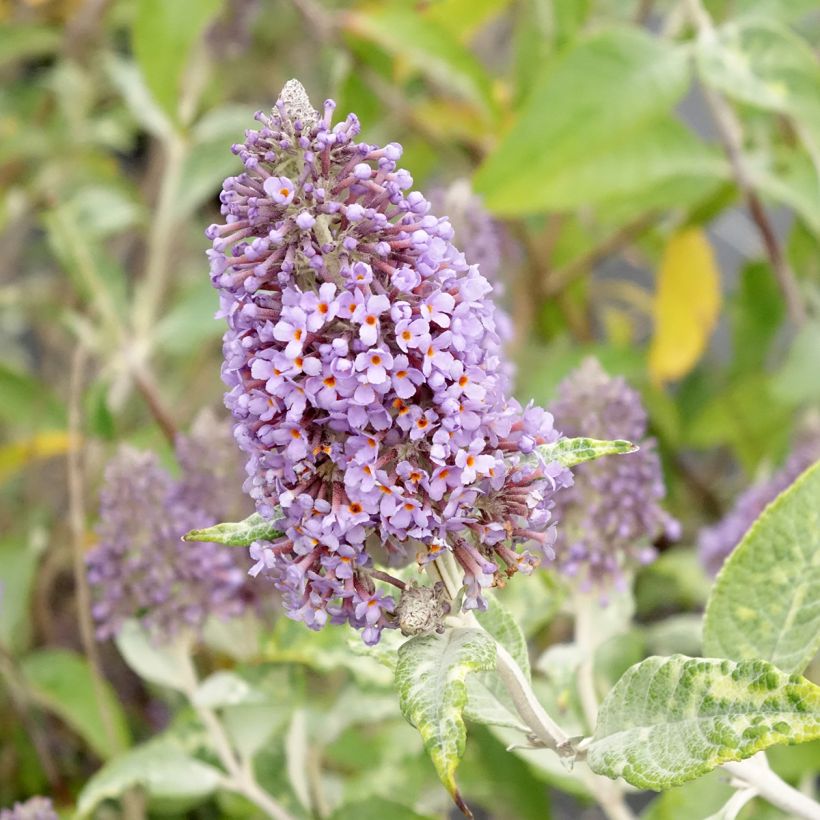

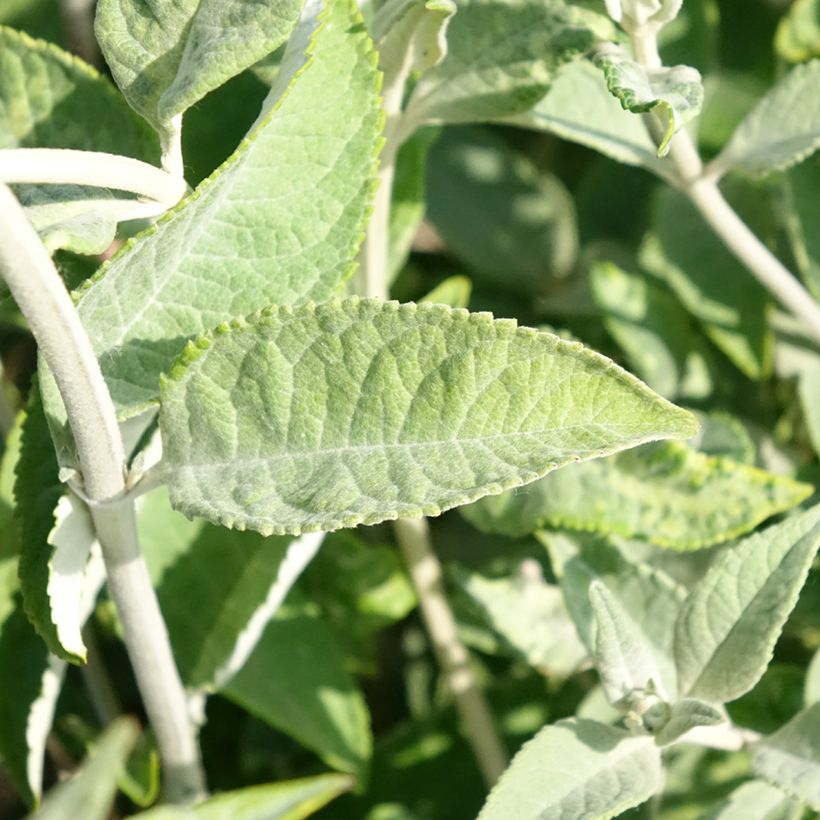

Plant habit
Flowering
Foliage
Botanical data
Buddleja
davidii x fallowiana
Lochinch
Buddlejaceae
Butterfly Bush
Cultivar or hybrid
Planting and care
Plant in autumn in regular but loose and well-drained soil, in full sun. It tolerates limestone well. However, this variety does not appreciate overly dry soils in summer. Prune after the first wave of flowers to encourage the appearance of new flowers.
This hybrid variety does not produce viable seeds: it is not invasive.
Planting period
Intended location
Care
Planting & care advice
-
, onOrder confirmed
Reply from on Promesse de fleurs
Similar products
Haven't found what you were looking for?
Hardiness is the lowest winter temperature a plant can endure without suffering serious damage or even dying. However, hardiness is affected by location (a sheltered area, such as a patio), protection (winter cover) and soil type (hardiness is improved by well-drained soil).

Photo Sharing Terms & Conditions
In order to encourage gardeners to interact and share their experiences, Promesse de fleurs offers various media enabling content to be uploaded onto its Site - in particular via the ‘Photo sharing’ module.
The User agrees to refrain from:
- Posting any content that is illegal, prejudicial, insulting, racist, inciteful to hatred, revisionist, contrary to public decency, that infringes on privacy or on the privacy rights of third parties, in particular the publicity rights of persons and goods, intellectual property rights, or the right to privacy.
- Submitting content on behalf of a third party;
- Impersonate the identity of a third party and/or publish any personal information about a third party;
In general, the User undertakes to refrain from any unethical behaviour.
All Content (in particular text, comments, files, images, photos, videos, creative works, etc.), which may be subject to property or intellectual property rights, image or other private rights, shall remain the property of the User, subject to the limited rights granted by the terms of the licence granted by Promesse de fleurs as stated below. Users are at liberty to publish or not to publish such Content on the Site, notably via the ‘Photo Sharing’ facility, and accept that this Content shall be made public and freely accessible, notably on the Internet.
Users further acknowledge, undertake to have ,and guarantee that they hold all necessary rights and permissions to publish such material on the Site, in particular with regard to the legislation in force pertaining to any privacy, property, intellectual property, image, or contractual rights, or rights of any other nature. By publishing such Content on the Site, Users acknowledge accepting full liability as publishers of the Content within the meaning of the law, and grant Promesse de fleurs, free of charge, an inclusive, worldwide licence for the said Content for the entire duration of its publication, including all reproduction, representation, up/downloading, displaying, performing, transmission, and storage rights.
Users also grant permission for their name to be linked to the Content and accept that this link may not always be made available.
By engaging in posting material, Users consent to their Content becoming automatically accessible on the Internet, in particular on other sites and/or blogs and/or web pages of the Promesse de fleurs site, including in particular social pages and the Promesse de fleurs catalogue.
Users may secure the removal of entrusted content free of charge by issuing a simple request via our contact form.
The flowering period indicated on our website applies to countries and regions located in USDA zone 8 (France, the United Kingdom, Ireland, the Netherlands, etc.)
It will vary according to where you live:
- In zones 9 to 10 (Italy, Spain, Greece, etc.), flowering will occur about 2 to 4 weeks earlier.
- In zones 6 to 7 (Germany, Poland, Slovenia, and lower mountainous regions), flowering will be delayed by 2 to 3 weeks.
- In zone 5 (Central Europe, Scandinavia), blooming will be delayed by 3 to 5 weeks.
In temperate climates, pruning of spring-flowering shrubs (forsythia, spireas, etc.) should be done just after flowering.
Pruning of summer-flowering shrubs (Indian Lilac, Perovskia, etc.) can be done in winter or spring.
In cold regions as well as with frost-sensitive plants, avoid pruning too early when severe frosts may still occur.
The planting period indicated on our website applies to countries and regions located in USDA zone 8 (France, United Kingdom, Ireland, Netherlands).
It will vary according to where you live:
- In Mediterranean zones (Marseille, Madrid, Milan, etc.), autumn and winter are the best planting periods.
- In continental zones (Strasbourg, Munich, Vienna, etc.), delay planting by 2 to 3 weeks in spring and bring it forward by 2 to 4 weeks in autumn.
- In mountainous regions (the Alps, Pyrenees, Carpathians, etc.), it is best to plant in late spring (May-June) or late summer (August-September).
The harvesting period indicated on our website applies to countries and regions in USDA zone 8 (France, England, Ireland, the Netherlands).
In colder areas (Scandinavia, Poland, Austria...) fruit and vegetable harvests are likely to be delayed by 3-4 weeks.
In warmer areas (Italy, Spain, Greece, etc.), harvesting will probably take place earlier, depending on weather conditions.
The sowing periods indicated on our website apply to countries and regions within USDA Zone 8 (France, UK, Ireland, Netherlands).
In colder areas (Scandinavia, Poland, Austria...), delay any outdoor sowing by 3-4 weeks, or sow under glass.
In warmer climes (Italy, Spain, Greece, etc.), bring outdoor sowing forward by a few weeks.






























